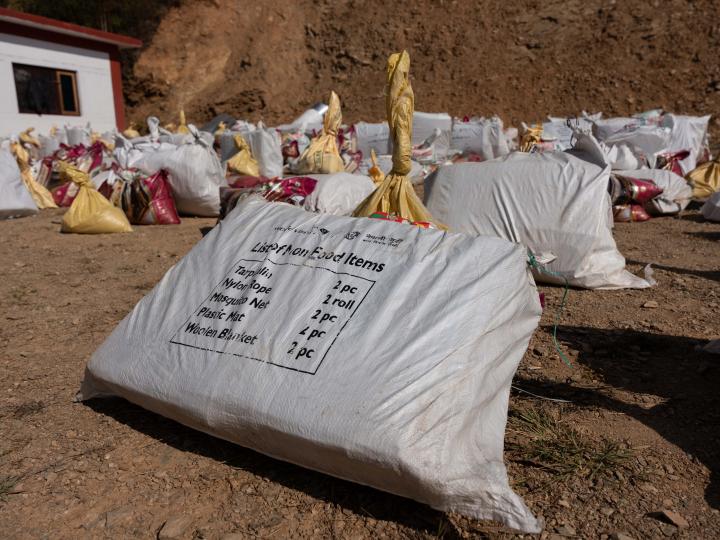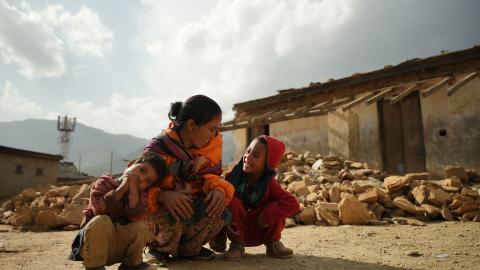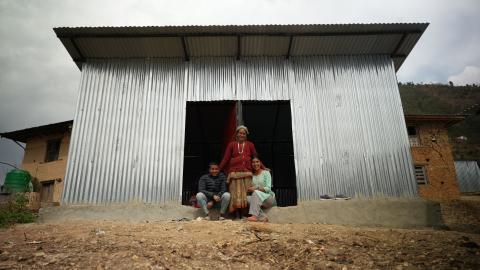
Disaster Risk Reduction and Humanitarian & Emergency Affairs
World Vision International Nepal, as a humanitarian organisation, has been actively working to support the communities and the government of Nepal during times of disaster. As a focus to address the immediate needs of disaster-affected households, World Vision has continued to extend its support through coordination with the local governments during floods, landslides, and earthquakes since the beginning of its work in Nepal. World Vision is among the first humanitarian responders during any disasters in the communities in Nepal.
Background
Disaster Risk Reduction (DRR) and Humanitarian & Emergency Affairs (HEA) is a key ministry of World Vision International Nepal (WVI Nepal) through which it contributes to increasing resilience of children and communities. The primary approach of WVI Nepal is to enhance resilience of the most vulnerable communities which helps to contribute in saving the lives of people, protecting their assets and livelihood option by reducing the possible impacts from different hazards in working area of WVI Nepal.
HEA is instrumental in strengthening the capacity of WVI Nepal to respond to medium and large-scale emergencies. This ministry serves the people who are vulnerable to hazards and are exposed to possible life-threatening events to be more resilient and bounce back rapidly from the effects of any disaster. WVI Nepal adheres to humanitarian principles (humanity, neutrality, impartiality and independence) and core humanitarian standards while working and advocating for disaster preparedness and response. The organization strives to provide appropriate and dignified assistance while serving the communities during emergencies and crises. World Vision is among the first humanitarian organization to respond during any disasters in the communities in Nepal.
DRR Programme model and approach
Major Activities
Facilitate the formulation of DRR related policies, guidelines and action plans of federal, provincial and local governments.
Using participatory disaster risk assessment tools to identify hazards and risks to vulnerable households and communities and formulate preparedness plans.
Capacity building of local government in Disaster Risk Reduction and Management (DRR&M).
Equipment support to operationalize Local Disaster Management Committees (LDMC) and Local Emergency Operation Centres (LEOC).
Provide facilitation to formulate Community Disaster Management Committees (CDMC) and strengthen their capacities to respond to local disasters.
Construction of LEOC buildings and safe shelters.
Conduct hazard specific simulations/mock drills in schools and communities.
Watch our West Nepal Earthquake Response Video



